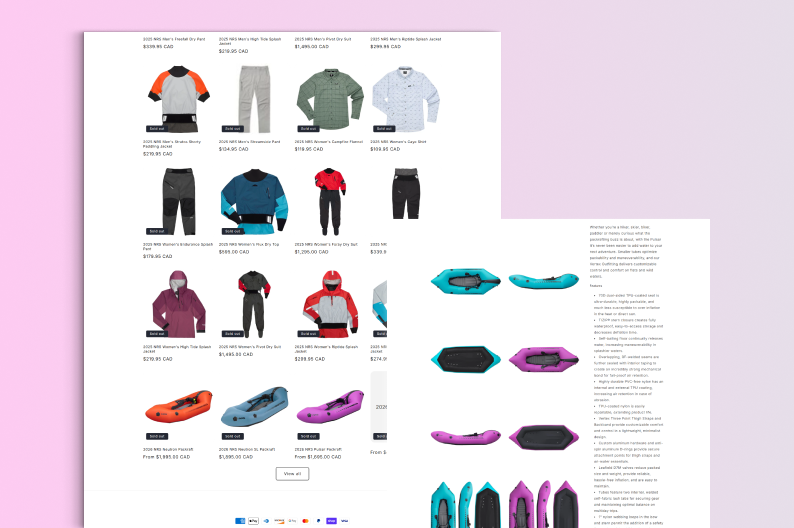Retail client operates two Shopify stores (Calgary = online + POS; Edmonton = POS-only) plus a shared AQ Warehouse location. Current multi-store synchronization relies on a third-party app (Syncio) and the client wants to fully eliminate this. We are building a custom Node.js/Express Shopify app that uses webhooks to centralize product creation/edits and keep inventory in sync across Calgary, Edmonton and AQ Warehouse. The solution removes the Syncio dependency, centralizes control, and makes inventory/product operations reliable across POS and web channels.

This project will deliver a custom Shopify app that guarantees consistent product state and inventory across two stores and a shared warehouse location. The app’s purpose is to centralize product creation/edits and reliably sync inventory changes arising from POS sales/returns, online sales/returns, manual edits, purchase receiving, and stock takes so front-end and back-end order flows always reflect true stock.
Cross-Store Sync App
Retail / Ecommerce
Shopify , Payment Gateway, VWO , Google Search Console
Calgary (default store for web sales & POS)
2025

Cross-Store Sync App
Retail / Ecommerce

Shopify , Payment Gateway, VWO , Google Search Console
Calgary (default store for web sales & POS)
2025

Currently the client uses a third-party multistore sync tool (Syncio) and he wants to eliminate this fully.


Architecture (high level)
Key technical components
Administrative UI (optional) or REST endpoints to view sync status, conflict logs, and mapping config.

KPIs / Metrics to track
Before & after comparison (illustrative)
Technologies / Tools that We used to achieve this task